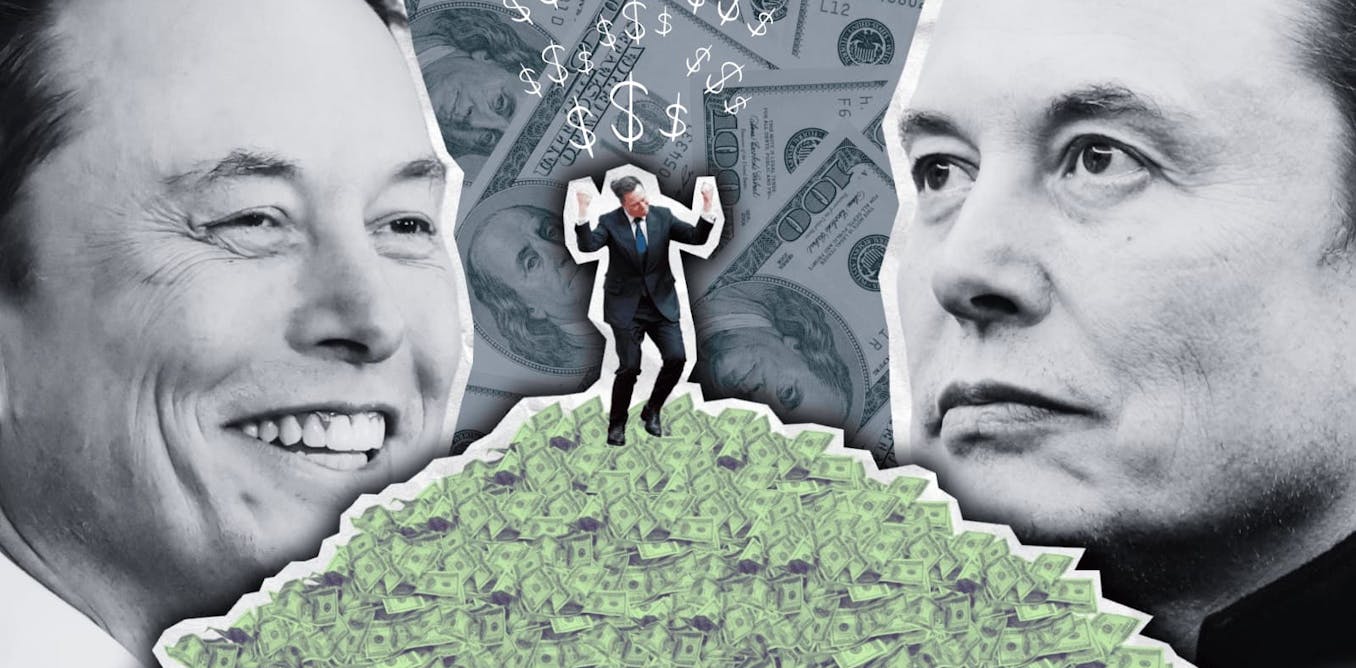In a stark contrast, former President Donald Trump and Vice President Kamala Harris have proposed vastly different tax policies, with a $2.3 trillion gap between their plans. Trump’s proposal includes a whopping $6.5 trillion in tax cuts, along with imposing major tariffs on imported goods. Alternatively, Harris has proposed $4.2 trillion in cuts, focusing on reducing taxes for households earning under $400,000 while aiming to raise taxes on corporations and the wealthy.
WSJ’s Richard Rubin delves into the intricacies of these two distinct tax plans in a recent video analysis. Trump’s tax cuts are outlined at the beginning of the video, with emphasis on the significant reduction in taxes being proposed. On the other hand, Harris’s tax cuts are discussed, showcasing her intent to target tax relief towards middle-class households while implementing tax hikes for corporations and high-income individuals.
The video further explores how these tax cuts would be financed, shedding light on the potential implications and costs of implementing such policies. The question of whether these tax plans will come to fruition in the future is also posed, highlighting the uncertainty surrounding their implementation.
Overall, the $2.3 trillion gap between Trump’s and Harris’s tax plans underscores the divergent approaches to taxation and economic policy between the two candidates. As the 2022 midterm elections approach, these competing proposals are expected to be key points of debate and contention among voters and policymakers alike.
Watch the video by The Wall Street Journal
Video “The $2.3T Gap Between Trump’s and Harris’s Tax Plans | WSJ” was uploaded on 09/12/2024 to Youtube Channel The Wall Street Journal


































Leave a Reply